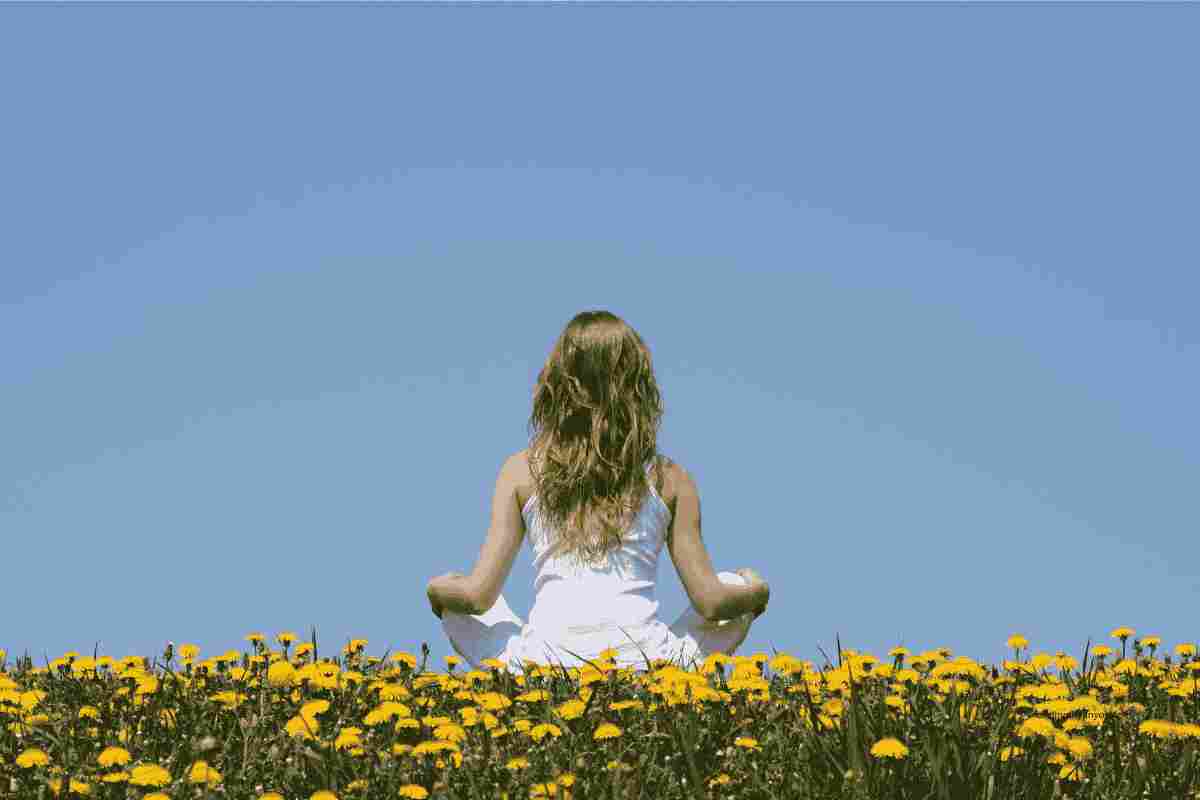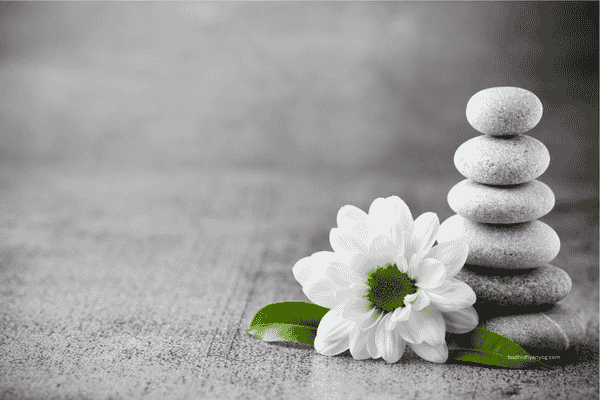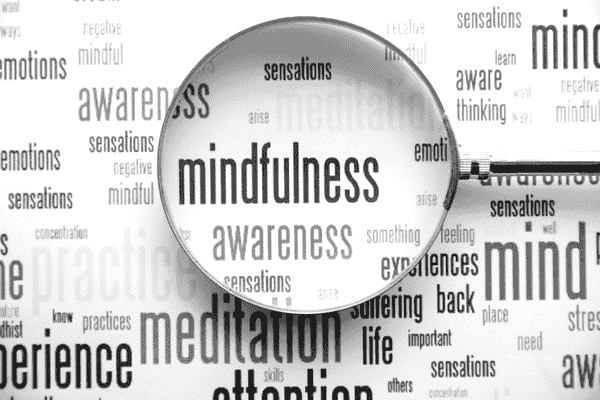Currently Empty: ₹0.00
blog
Mindful Breathing: Your Guide to a Calmer, Happier You #3

Have you ever noticed how your breathing changes when you’re nervous, happy, or relaxed? Our breathing reflects our emotions, and the good news is that by changing our breathing, we can also change how we feel. This practice is known as mindful breathing; anyone—even kids as young as ten—can benefit from it. This guide will explore mindful breathing, why it’s important, and how you can easily incorporate it into your daily life.


What is Mindful Breathing?
Mindful breathing simply means paying close attention to your breath. It’s about being aware of how air moves in and out of your body. Unlike normal breathing, which happens automatically without much thought, mindful breathing requires your full attention. By practicing mindful breathing regularly, you help your body and mind feel calm and focused.
Feelings come and go like clouds in a windy sky. Conscious breathing is my anchor.
Thích Nhat Hanh
Why Mindful Breathing Matters
When you practice mindful breathing, you help your mind stay present instead of wandering into worries or distractions. Here are some wonderful benefits:
- Reduces stress and anxiety
- Improves concentration and memory
- Helps you sleep better
- Enhances emotional control
- Boosts your overall happiness
Ready to try mindful breathing yourself? Let’s begin!
Step-by-Step Guide to Mindful Breathing
Follow these easy steps for practicing mindful breathing. Remember, it’s okay if your mind wanders; gently bring your attention back to your breathing every time you notice distractions.
Step 1: Find a Quiet Spot
Sit comfortably in a quiet, peaceful place. You can sit on a chair or on the floor—whichever feels best for you. Keep your back straight but relaxed. Close your eyes if you wish.
Step 2: Notice Your Breath
Start by noticing your natural breathing. Don’t change anything yet—just observe how your body breathes in and out. Where do you feel your breath the most? Maybe in your chest, stomach, or nose?
Step 3: Breathe Slowly and Deeply
Now, slowly start taking deeper breaths. Breathe in gently through your nose, feeling your chest and stomach expand. Then breathe out slowly through your mouth or nose. Imagine blowing bubbles gently—that’s how soft and gentle your breath should be.
Step 4: Count Your Breaths
A great way to stay focused during mindful breathing is to count your breaths. Breathe in and count silently to yourself, “one.” Breathe out, count “two,” and continue up to ten. Then start again from one. This counting method helps keep your mind anchored to your breathing.
Step 5: Bring Your Mind Back
If your thoughts drift away (and they probably will!), gently remind yourself to focus again on mindful breathing. Don’t feel upset if you become distracted. With practice, bringing your mind back becomes easier and quicker.
Practical Example of Mindful Breathing
Here’s a practical scenario: Imagine you’re preparing for a school presentation or a meeting at work, and you feel nervous. Try mindful breathing for just two minutes before you start. Follow the steps mentioned above—find a quiet corner, breathe slowly, count your breaths, and gently guide your attention back if your mind wanders. You’ll notice a calmer feeling in your body and mind, helping you perform better.
Making Mindful Breathing a Daily Habit
Practicing mindful breathing regularly strengthens your ability to remain calm and focused. Here’s how you can easily add it to your routine:
- Morning routine: Take five minutes after waking up to do mindful breathing. It sets a positive tone for your day.
- At school or work: Take a two-minute mindful breathing break during stressful moments or before important tasks.
- Bedtime: Do mindful breathing for a few minutes before going to bed to help your mind and body relax, leading to better sleep.
Common Mistakes in Mindful Breathing
When starting with mindful breathing, avoid these common mistakes:
- Trying too hard: Mindful breathing should be relaxed and gentle, not forced.
- Getting frustrated: It’s natural for your mind to wander. Just gently redirect your focus back to your breathing without judgment.
- Skipping practice: Consistency is key. Even a minute of mindful breathing every day can bring significant benefits.
Mindful Breathing for Kids
Children can greatly benefit from mindful breathing. It helps them manage emotions, stay calm, and improve their focus in school. To teach mindful breathing to a child, use fun visuals like blowing imaginary bubbles or smelling flowers slowly and then gently blowing out birthday candles. Kids enjoy mindfulness activities more when they’re playful!
Conclusion
Mindful breathing is a simple yet powerful tool available to everyone, from kids to adults. By regularly practicing mindful breathing, you’ll find yourself calmer, happier, and better prepared for life’s challenges. Why not start your mindful breathing journey today?
So tell us, how did you feel after trying mindful breathing for the first time?
